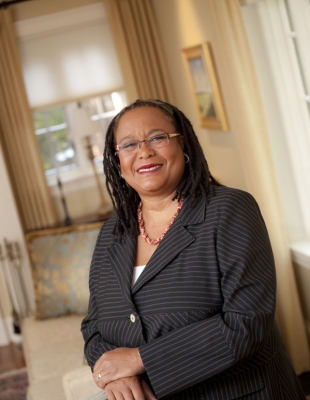African American Women in Physics

Welcome, and thank you for visiting AAWIP.com. The goal of this website is to honor the women who paved the way, to inspire future physicists, and to connect with allies interested in promoting diversity in Physics and other STEM fields. We highlight the wide variety of academic backgrounds and career options for physics students and professionals.
We celebrate the presence of African American Women who:
- have a Ph.D. in physics, astronomy, astrophysics, etc, as well as graduate students working towards these degrees.
- work professionally in physics and astronomy, but who have terminal degrees in other related fields like materials science, geophysics or electrical engineering.
- do research on increasing the number African American women with Ph.D.s in physics and astronomy.
If you believe that you or someone you know should be included on this list, or if you have a correction or update, please contact us using the link above.
AAWIP Featured Members
-

Dara Norman
Norman’s research interest centers on the formation and evolution of active galactic nuclei (AGN), a phenomenon that occurs as gas and stars are accreted by supermassive black holes at the center of some galaxies. “[The AGN] can be brighter than an entire galaxy of stars,” she says. “I am particularly interested in what triggers these active galaxies, why some galaxies are luminous while others are not. And does the galaxy’s environment play a role?” -
Evelynn Hammonds
Professor Hammonds is the author of Childhood's Deadly Scourge: The Campaign to Control Diphtheria in New York City , 1880–1930 (Johns Hopkins University Press, 1999). She co-edited with Barbara Laslett, Sally G. Kohlstedt, and Helen Longino Gender and Scientific Authority (University of Chicago Press, 1996). She has published articles on the history of disease, race and science, African American feminism, African American women and the epidemic of HIV/AIDS, and analyses of gender and race in science and medicine. She is also the author of the article is "Gendering the Epidemic: Feminism and the Epidemic of HIV/AIDS in the United States, 1981-1999" which appears in Science, Medicine, and Technology in the 20th Century: What Difference Has Feminism Made? (2000). -
Katherine Johnson
Johnson's computations have influenced every major space program from Mercury through the Shuttle program. Johnson was hired as a research mathematician at the Langley Research Center with the National Advisory Committee for Aeronautics (NACA), the agency that preceded NASA, after they opened hiring to African-Americans and women. Johnson exhibited exceptional technical leadership and is known especially for her calculations of the 1961 trajectory for Alan Shepard’s flight (first American in space), the 1962 verification of the first flight calculation made by an electronic computer for John Glenn’s orbit (first American to orbit the earth), and the 1969 Apollo 11 trajectory to the moon. In her later NASA career, Johnson worked on the Space Shuttle program and the Earth Resources Satellite and encouraged students to pursue careers in science and technology fields. -

Jami Valentine-Miller
Dr. Jami was the first African-American woman to earn a Ph.D. in physics from Johns Hopkins University. She engages in many outreach activities, including speaking to young physicists, future scientists and engineers and those interested in non-academic physics careers, especially intellectual property.
Featured Members

